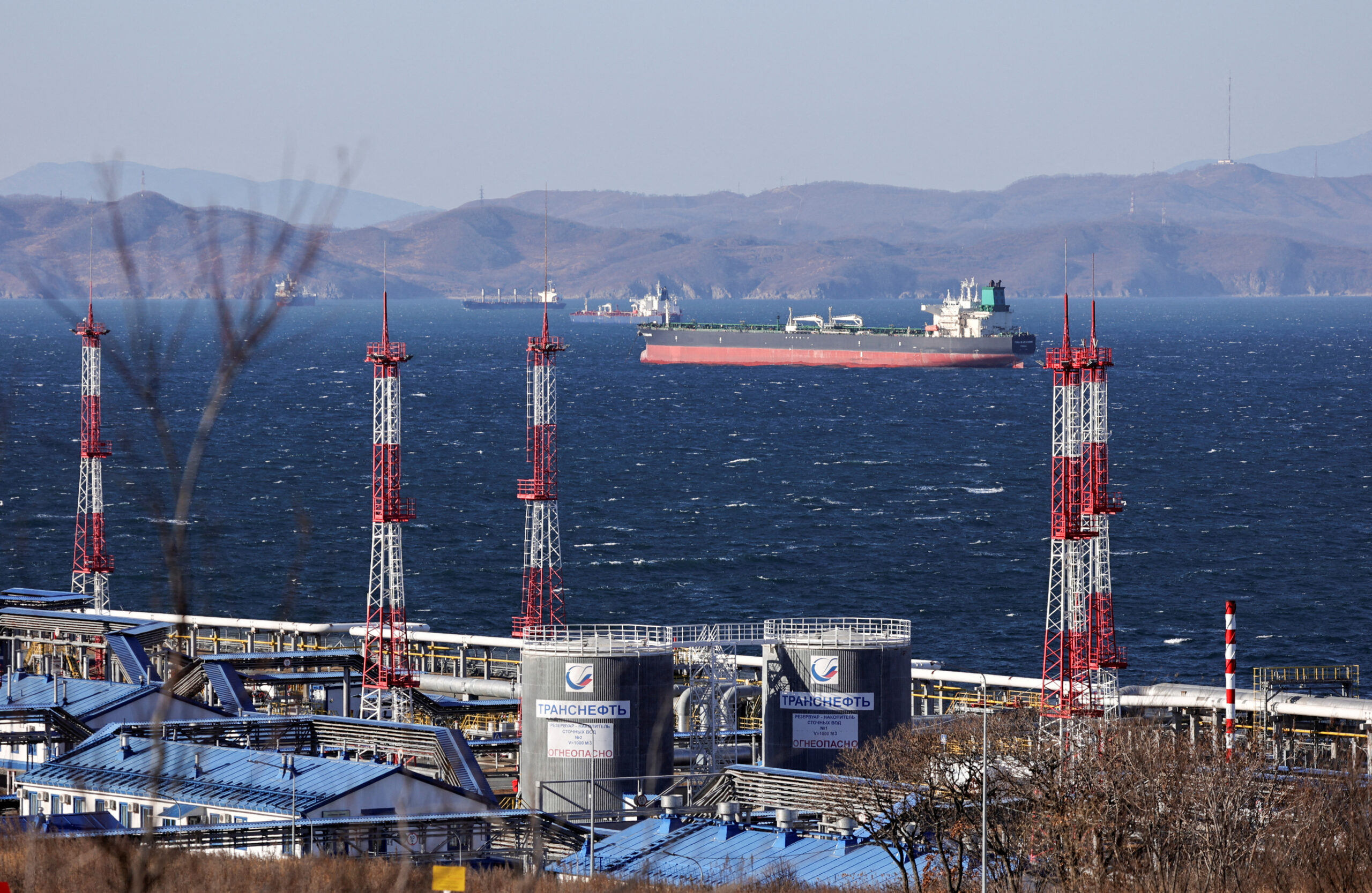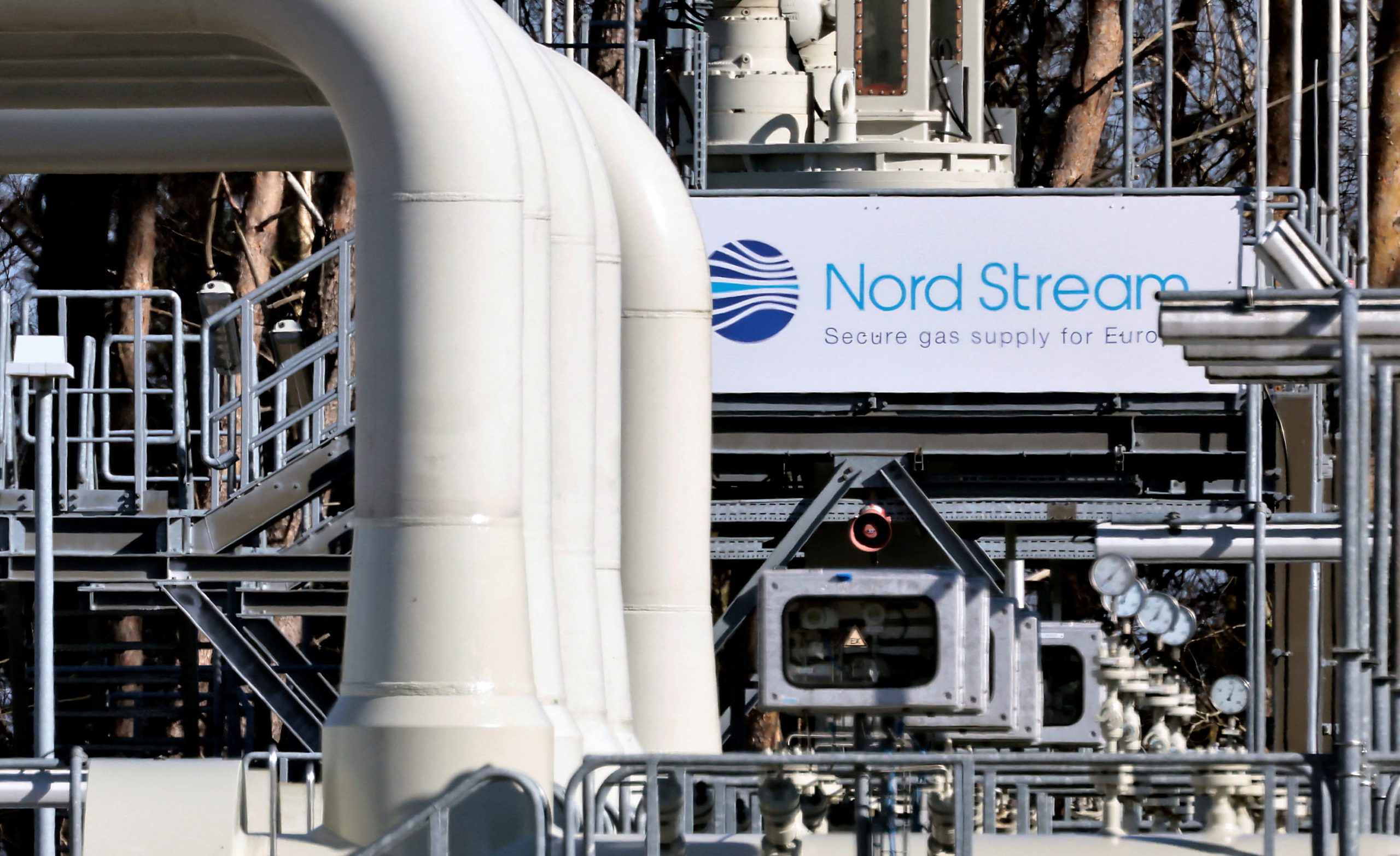With thick winter sea ice making a return to the Arctic Russia has likely shipped its final cargo of liquefied natural gas of the year via the Northern Sea Route. The Arctic shortcut to Asia is traditionally in use between June and November.
The Georgiy Ushakov carried the first delivery via the NSR on June 20. The final shipment is currently underway aboard the Boris Vilkitsky. For the remainder of winter and spring Russia’s main LNG producer Novatek will primarily export to the European market.
Between its two LNG plants in the region, Yamal LNG and Arctic LNG 2, the company managed to export close to 3 million tonnes of supercooled gas to Asia via the Arctic, with the vast majority going to China.
Novatek’s deliveries from the thus-far unsanctioned Yamal project declined by 18 percent year-over-year, in part due to scheduled maintenance on one of the production lines this summer. In total it shipped out 1.96m tonnes as part of 28 cargoes to Asia with at least 20 destined for China – a decline of around 500,000 tonnes from 35 shipments last year.
An additional 14 shipments totaling 840,000 tonnes departed from the nearby Novatek-controlled Arctic LNG 2. The U.S. placed the project under sanctions in September 2023 and last year Novatek failed to find any buyer for its sanctioned gas.
But earlier this summer China made the Beihai terminal in Guangxi province available after effectively quarantining the facility to isolate it from possible Western measures. The UK has since sanctioned the terminal, with the U.S. and EU thus far remaining on the sidelines.
Beihai has since received 14 shipments, including several that were loaded last year and had been stored aboard LNG carriers and two FSUs.
For exports from Yamal LNG Novatek relies on a fleet of fourteen Arc7 ice-class LNG tankers. A 15th carrier, Christophe de Margerie, switched to operations with Arctic LNG 2 following sanctions against the vessel.
Exports from Arctic LNG 2, meanwhile, depend on a growing number of so-called “shadow fleet” vessels often operating under quickly changing ownership structures and questionable insurance coverages.
In total Arctic LNG 2 utilized ten different LNG carriers in 2025, consisting of a mix of high, low, and no ice-class ships. While Yamal LNG can draw on more than a dozen high ice-class ships, Arctic LNG 2 only has one such vessel, Christophe de Margerie, at its disposal. As a result exports from the project will be severely curtailed for the next 8 months or so.
It is unclear how Moscow aims to address this shortage of highly ice-capable vessels. Domestic shipbuilding production remains slow to ramp up with the Zvezda shipyard near Vladivostok having delivered only a single vessel for Arctic operations, the 69,000 dwt Arc6 shuttle tanker Valentin Pikul, in the last several years.
The lack of ice-capable vessels and challenging ice conditions along the eastern section of the NSR in the western Laptev Sea and eastern East Siberian Sea, also help explain the slight decrease in crude oil carried along the route this summer. The total decreased by 4.2 percent to around 1.83m tonnes; again with China being the primary buyer.
Arctic logistics networks will likely begin to change in 2026 as Novatek prepares for the closure of the European market. As part of the 19th sanctions package the EU decided to ban the import of Russian gas starting on January 1, 2027, with deliveries under short-term contracts to be phased out earlier in mid-2026.
Russia is already relying on a growing number of ship-to-ship transfers of LNG to adapt to or circumvent Western sanctions. The country recently conducted the first-ever dark vessel STS of supercooled gas, with the help of the Hong Kong-registered vessel CCH Gas. LNG carriers Perle and CCH Gas transferred around 97,000 tonnes of LNG 50 nautical miles off the eastern coast of Malaysia. CCH Gas has yet to offload its cargo with industry insiders speculating it may also be bound for the Beihai terminal.

 Join The Club
Join The Club











